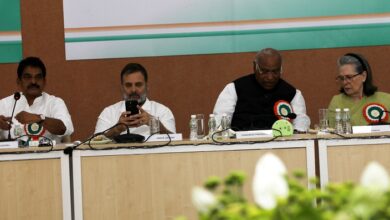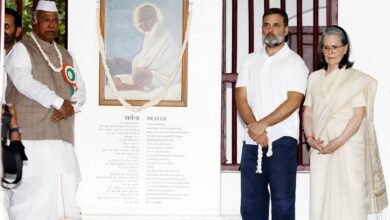Finance Minister Nirmala Sitharaman presented the Union Budget for the fiscal year 2025-26, marking her eighth consecutive budget presentation.
The Union Budget 2025-26 aims to stimulate economic growth by enhancing consumer spending power, supporting key sectors, and promoting research and innovation.
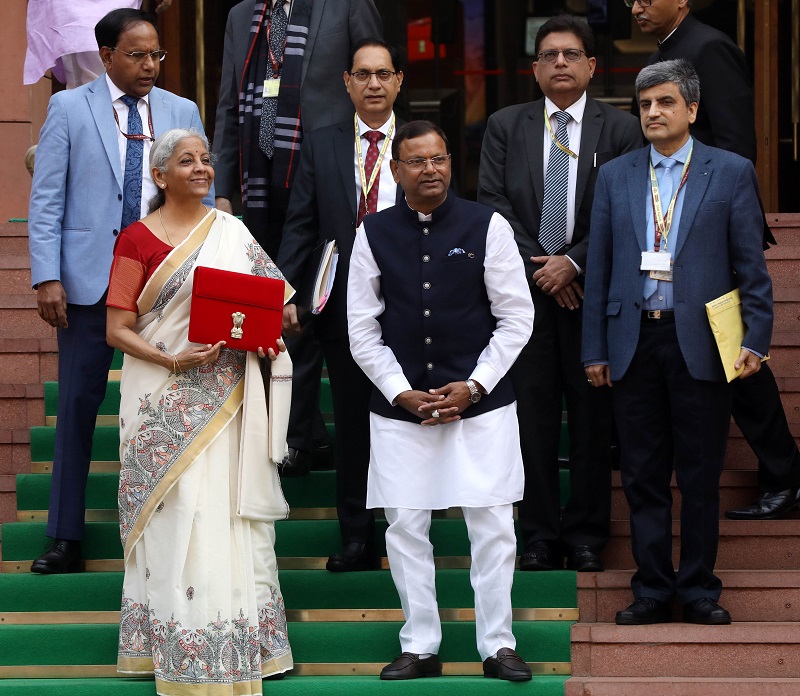
Photo Credit -Sipra Das /Parliament -New Delhi -1st February 2025
News Mania Desk : On February 1, 2025, Finance Minister Nirmala Sitharaman presented the Union Budget for the fiscal year 2025-26, marking her eighth consecutive budget presentation. This budget, the first of Prime Minister Narendra Modi’s third term, emphasizes stimulating economic growth, providing tax relief to the middle class, and bolstering key sectors such as agriculture, infrastructure, and innovation.
Taxation Reforms
A significant highlight of the budget is the restructuring of personal income tax slabs to enhance the spending power of the middle class. The zero-tax threshold has been raised to ₹1.2 million annually, aiming to increase disposable income and boost consumer demand. Additionally, the budget proposes rationalizing Tax Deducted at Source (TDS) and Tax Collected at Source (TCS) provisions. For instance, the TDS limit on interest for senior citizens has been doubled from ₹50,000 to ₹100,000, and the annual TDS limit on rent has been increased from ₹240,000 to ₹600,000. These measures are designed to simplify the tax system and provide relief to taxpayers.
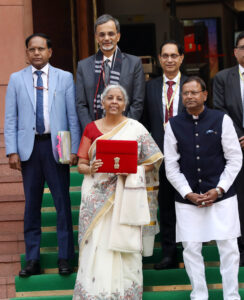
Agricultural Initiatives
The budget places a strong emphasis on agriculture, introducing the Prime Minister Dhan-Dhaanya Krishi Yojana, which aims to develop 100 agricultural districts, benefiting approximately 17 million farmers. To support farmers financially, the government plans to facilitate short-term loans of up to ₹500,000 for 77 million farmers, fishermen, and dairy farmers through the Kisan Credit Card (KCC) scheme. Recognizing the need for self-reliance in pulse production, a six-year mission focusing on crops like tur, urad, and masoor has been launched. Additionally, a Makhana Board is to be established in Bihar to promote the cultivation and marketing of makhana (fox nuts).
Investment in Research and Innovation
To foster innovation and technological advancement, the budget allocates ₹20,000 crore to implement a private sector-driven Research, Development, and Innovation initiative. The Prime Minister Research Fellowship program will offer 10,000 fellowships for technological research in premier institutions like IITs and IISc. Furthermore, the establishment of a second Gene Bank with 1 million germplasm lines is planned to ensure future food and nutritional security.
Export Promotion and Industrial Growth
The budget introduces measures to incentivize sectors such as electronics and electric vehicles (EVs) by providing exemptions on components like open cells for LED/LCD TVs and capital goods for lithium-ion batteries used in mobile phones and EVs. To promote the Maintenance, Repair, and Overhaul (MRO) industry, a 10-year exemption is granted on goods for shipbuilding and ships for breaking. Trade facilitation measures include setting time limits for finalizing provisional assessments and amending rules to extend time limits for certain declarations, aiming to streamline trade processes.
Fiscal Outlook
The government projects a nominal GDP growth of 10.1% and aims to reduce the fiscal deficit to 4.4% of GDP for the fiscal year 2025-26. Total budget expenditure is estimated at ₹50.65 trillion. While the budget focuses on immediate economic relief through tax cuts and incentives, some analysts express concerns over the lack of substantial reforms needed to achieve higher long-term growth rates. The emphasis on short-term measures, such as tax cuts and cash handouts, is seen as politically favorable but may not address deeper structural issues in the economy.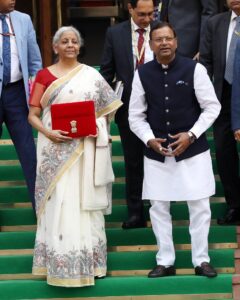
Sectoral Impacts
The budget’s tax reforms are expected to boost consumer goods and automotive sectors due to increased disposable incomes. Real estate and related industries may also benefit from supportive policies. However, infrastructure sectors observed a decline, possibly due to perceived modest increases in capital spending. Insurance companies faced challenges as higher tax slabs reduced incentives for tax-saving products.
In summary, the Union Budget 2025-26 aims to stimulate economic growth by enhancing consumer spending power, supporting key sectors, and promoting research and innovation. While it offers immediate relief and incentives, the budget’s approach has sparked discussions about the need for deeper structural reforms to ensure sustainable long-term growth.
News Mania Desk /Photo Credit -Sipra Das (National Consulting Photo Editor)
Parliament -New Delhi -1st February 2025



